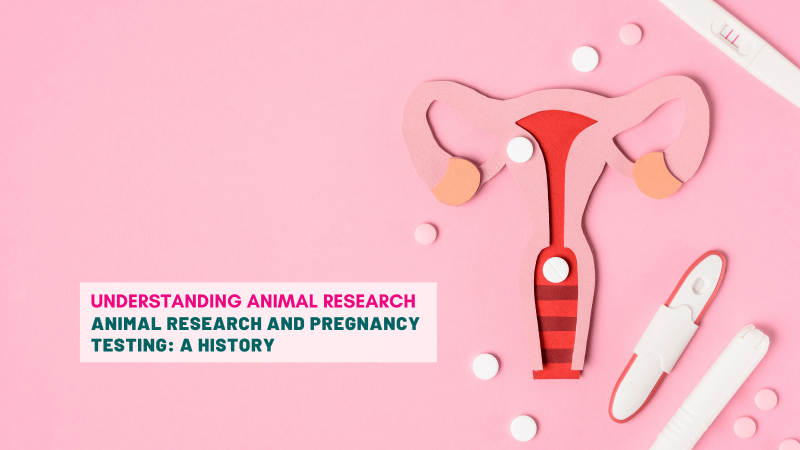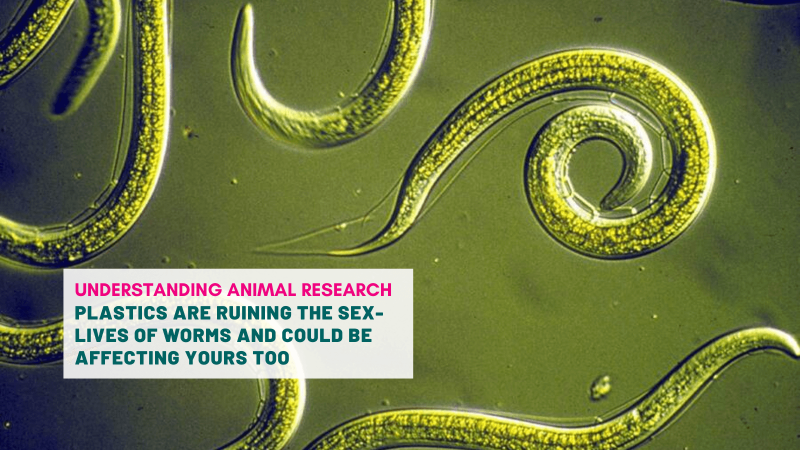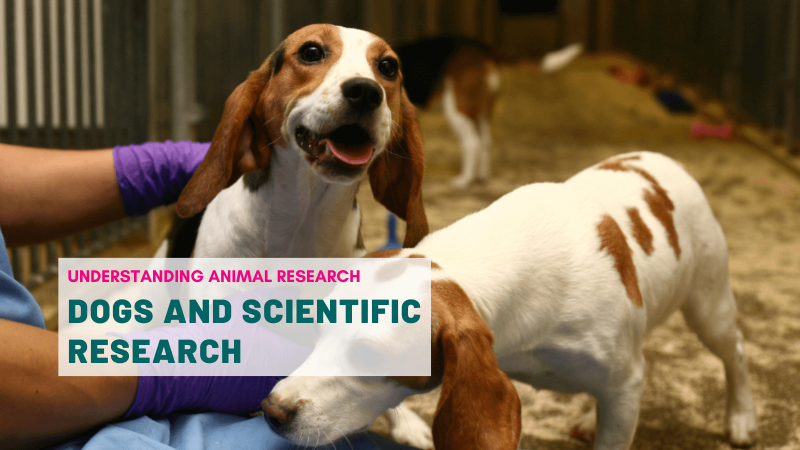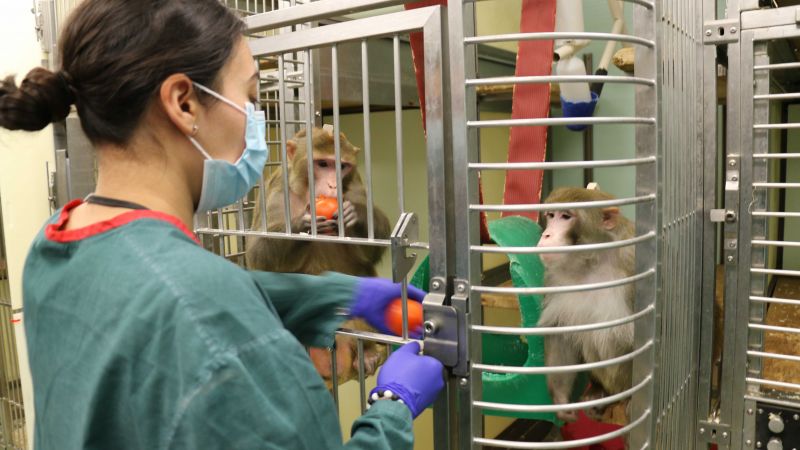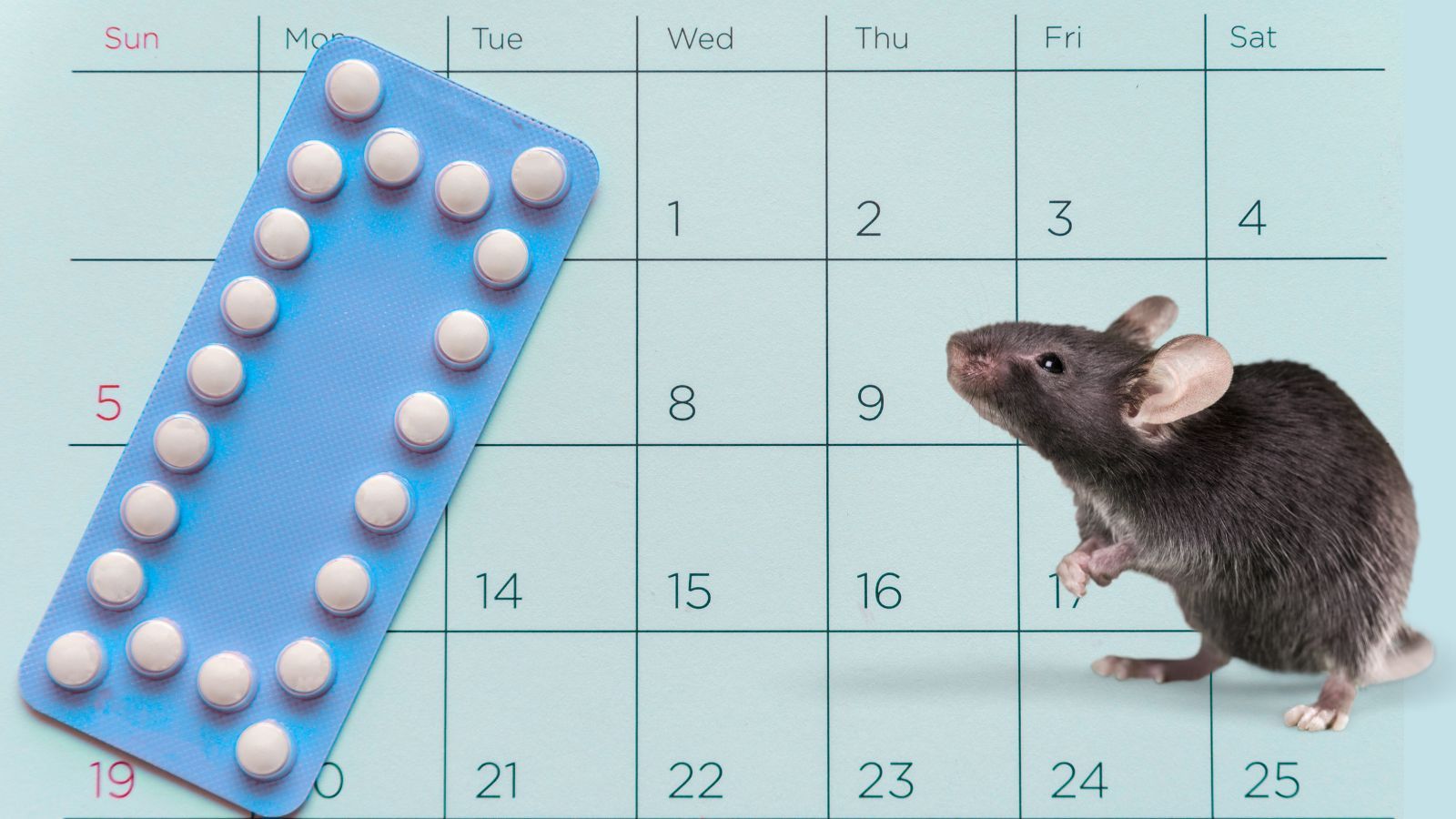
Since the first female hormonal birth control pill (“the pill”) debuted 65 years ago, innovation in birth control has been slow. And while multiple contraceptive options have become available for women, men have only had two — condoms and vasectomy. Until now.
Since nearly half of all pregnancies1 worldwide are still unintended, the need for new contraceptive approaches is pressing. While hormone-based birth control pills have long proven to be highly effective in most cases, side-effects such as acne, weight gain and mood changes make them unattractive for many women and alternatives are far less reliable. But now, through research in mice and monkeys, scientists have discovered a new chemical entity, YCT-529, which might have brought us one step closer to delivering the world’s first fully effective male birth control pill.
What is YCT-529?
The unmemorably named YCT-529 works by interfering with the signalling function of vitamin A in testes. This temporarily stops sperm production without, crucially, affecting other bodily functions governed by vitamin A.
Journey from the discovery to drug development
The importance of dietary vitamin A for both male and female reproduction has been understood for many years. But a group of researchers from the College of Pharmacy at the University of Minnesota carried out a pre-clinical study using mouse models. They found YCT-529 was able to inhibit 99% of fertility in male mice within four weeks of its oral administration. This drop in fertility was reversed within six weeks of stopping the drug. A study done in male Cynomolgus macaques (non-human primates), also inhibited their sperm production within two weeks of oral dosing with no side effects and full recovery of their sperm counts within 10–15 weeks. The results from these animal studies revealed YCT-529 as a possible effective and reversible, non-hormonal male contraceptive2, 3.
But safety first
Compared to drugs that treat disease, the safety bar for contraceptives is much higher4. It requires thorough safety assessment of multiple factors such as adverse events, changes in blood and serum chemistry, inflammatory biomarkers, and mood. These extra precautions make the drug safety approval process more complex.
Before the human trials of YCT-529 began, preclinical studies on mice, non-human primates, rats, and dogs tested the drug's safety and suitability for its intended use. These studies were crucial as they provided scientists with a very high safety margin, meaning the drug was safe at doses much higher than those intended for humans, which is extremely important for a contraceptive (which is likely to be used regularly over long periods). This high safety margin ensures that even if a person accidentally takes a higher dose or responds differently to the drug, it is unlikely to cause seriously harmful side effects. This robust safety data from animal studies was a crucial piece of evidence that allowed scientists to proceed with human clinical trials.
What do we know from the human trials?
The animal studies proved that YCT-529 works by stopping sperm production, and that this effect is reversible. The Phase 1a human trial met the researchers’ first goal: It confirmed that the drug was safe for people to take and that it was absorbed by the body at the same dose (~180 mg) that was effective in animals. The success of this first trial now allows for a second one, which will focus on how the drug affects sperm over a longer period.
The crucial link between animal research and human trials
Animal research permits experimentation with fundamental biological mechanisms, such as suppression of sperm production, and provides a method of testing for safety before human trials that could not be achieved in any other way. Pre-clinical animal testing is an essential step that saves lives and prevents harm by identifying potential problems with new drugs long before they are ever given to people. By law, it is only permitted because the science cannot yet be done in any other way, and researchers are required to consider the welfare of the animals and minimise suffering or distress at every stage
Although we have found some success in New-Approach Methodologies (NAMs) and Non-Animal Technologies that don’t use animals, they are still limited when it comes to testing a drug's overall effects on the body and mind.
For centuries, the use of animals in research has paved the way for innovation in healthcare, and the contribution of animal research should not be understated. While we all hope for an ideal world where the use of animals won’t be necessary anymore, this remains an ambition for the future. Until then, animal research will remain essential for discoveries such as YCT-52 which, if the phase 2 and phase 3 clinical trials go as planned, could finally achieve something close to equality when it comes to responsibility for birth control among men and women.
References:
1. Matzuk, M. M., Georg, G. I. & Yan, W. A special issue on contraceptive development: past, present, and future. Biology of Reproduction 103, 145 (2020).
2. Mannowetz, N. et al. Safety and pharmacokinetics of the non-hormonal male contraceptive YCT-529. Commun Med 5 (2025).
3. Mannowetz, N. et al. Targeting the retinoid signaling pathway with YCT-529 for effective and reversible oral contraception in mice and primates. Commun Med 5 (2025).
4. Benefit-Risk Assessment for New Drug and Biological Products Guidance for Industry (2023).
Last edited: 7 October 2025 12:55

